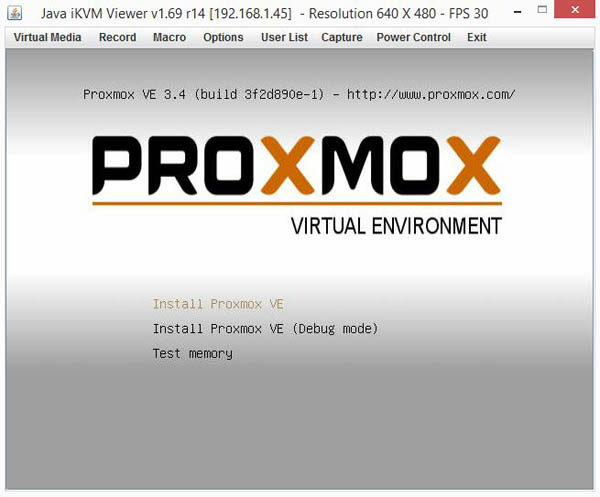Today Proxmox VE 4.2 was officially released. Proxmox VE is a popular virtualization platform among STH readers. It is a Debian/ Linux based system that wraps KVM hypervisor, LXC containers and clustering all in an easy-to-use UI. It also supports ZFS storage and Ceph storage making Proxmox VE clusters a fairly flexible choice. If you are reading this article, at least part of it is likely served by our Proxmox VE 4.1 cluster that runs Ceph and ZFS storage back-ends. Best of all, the platform offers most of this functionality in a community edition with commercial support options. We also have numerous folks in the STH forums that utilize Proxmox VE on a daily basis.
How to get Proxmox VE 4.2
If you are looking to get Proxmox VE 4.2 you can head over to the official download page here.
What are the updates in Proxmox VE 4.2
Aside from the Debian Jessie upgrade (8.2.0 to 8.4.0) there are a number of LXC container updates and even Let’s Encrypt support.
Here are the updates listed on the Proxmox VE roadmap for 4.2.
- GUI update to Sencha Ext JS 6, including new icon set and dynamic performance charts
- based on Debian Jessie 8.4.0
- Linux kernel 4.4.6
- KVM/qemu 2.5.1
- installer: LVM thin or ZFS plugin pre-configured
- LVM thin support
- Let´s Encrypt support
- DRBD9: drbd 9.0.2 kernel module and drbdmanage 0.95
- LXC: improved container setup
- LXC: network rate limits
- LXC: adding mount-points via GUI
- LXC: pct can mount rootfs for read/write access of stopped or running containers
- LXC: backup/snapshot improvements, including proper backup and restore of ACL
- LXC: add support for Alpine Linux, Ubuntu 16.04
- HA manager improvements
- new confirmation dialog to prevent accidentally removal of a virtual machine or container
- updated GUI translation (especially French, Italian and German)
- many new and improved manual pages
- countless bug fixes and package updates (for all details see bugtracker and GIT)
If you are looking for a Linux/ KVM based virtualization platform, the new 4.2 version should be at the top of your list to try out. We have been working with Let’s Encrypt SSL certificates more often as of late, for example in our latest LetsEncrypt a Windows Server 2012 R2 Web Application Proxy article.




